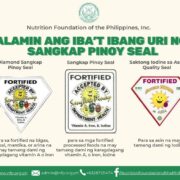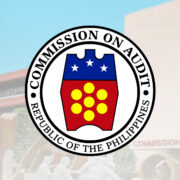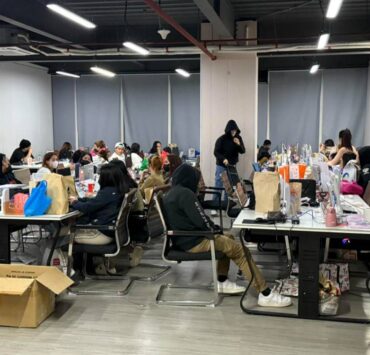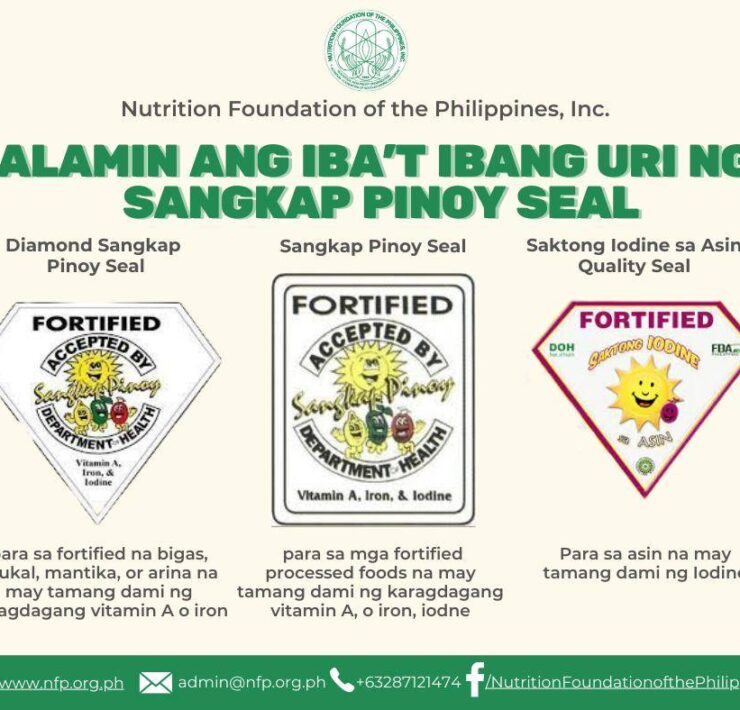DA okays 25,000 MT of fish, seafood imports
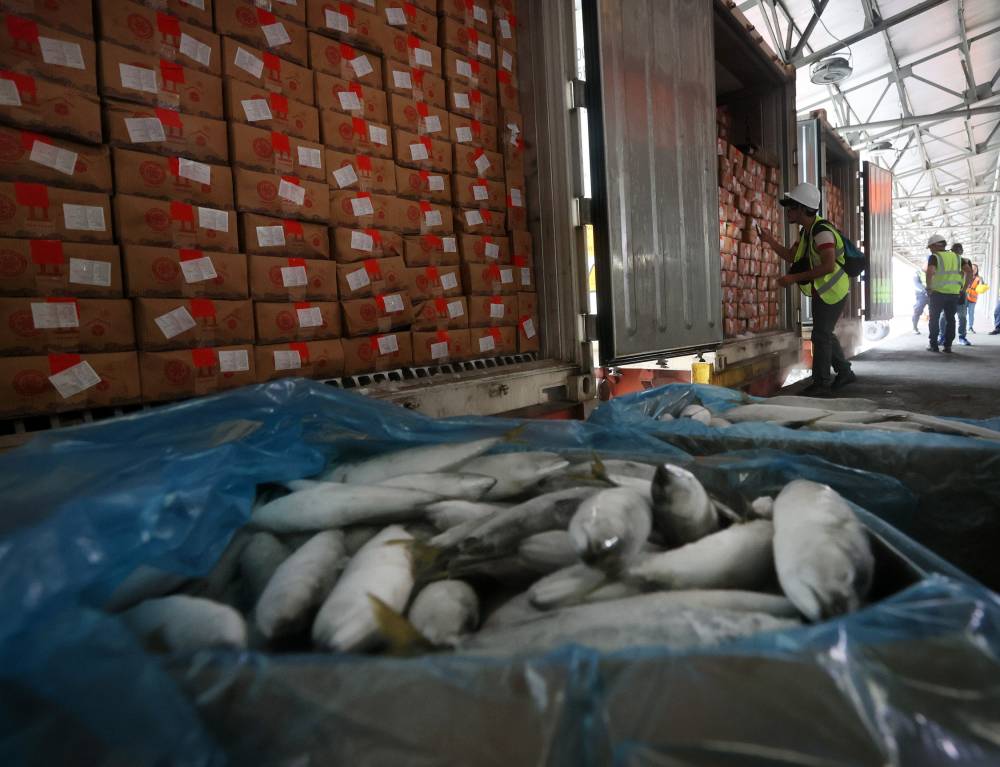
The Department of Agriculture (DA) has authorized the importation of 25,000 metric tons (MT) of various frozen fish and seafood in the next three months to avert any potential price spike, especially in the food service industry.
Agriculture Secretary Francisco Tiu Laurel Jr. signed Memorandum Order No. 12 outlining the guidelines for importing about 40 fish and fishery or aquatic products from March 1 to May 30, 2025.
“This will also add variety in the market, especially for food service industry, since fish and marine species covered by this importation are mostly fish and marine products not caught locally,” Tiu Laurel said in a statement on Friday, a day after signing the memo.
“This should not affect local fishermen and should help in the ease of doing business,” he added without elaborating.
The food service industry includes restaurants, bars, fast food outlets, caterers and others that sell or serve food or drink to the general public.
Fish and seafood covered by the DA memo are Alaskan pollock, barramundi, bluefin tuna, capelin, Chilean Seabass, clams, cobia, cod/black cod, croaker, eel, emperor, fish meat, flounder, gindara, grouper, hake, halibut, hamachi, hoki and lobster.
Also included are marlin, moonfish, mussels (black, green-lipped, blue), mullet, octopus, oilfish, oyster, pangasius, red snapper, salmon, sardines, scallops, sea bream, silverfish/silver sillago, smelt, soft and hardshell crabs, squid, swordfish, tuna by-products and yellowtail sole.

The agency will allocate an initial 28 MT to each accredited or registered importer, while the remaining volume will be distributed to qualified importers on a first-come, first-served basis.
“The allocation for subsequent importations shall be based on the actual number of qualified importers who complied within the seven working days period,” the DA said in the issuance.
BFAR facilities
The memo does not specify the measures or penalties to ensure that the imports are marine products that won’t compete with the local seafood industry, particularly fish ordinarily found in wet markets.
All sanitary and phytosanitary import clearances (SPSICs) to be issued under this order shall be valid for 45 days from the issuance date.
Any unused SPSICs will be deemed automatically canceled and surrendered to the Bureau of Fisheries and Aquatic Resources (BFAR).
Imported fish or seafood should be stored in BFAR-accredited cold storage facilities.
This is open to importers who have been accredited for at least one year before this order was issued and those who participated in previous importations.
Those with pending cases or under investigation for violating food safety or importation rules, incomplete documentary requirements or without Bureau of Customs accreditation at the start of the importation period are excluded.
The DA said its policymaking body on the fisheries sector, the National Fisheries and Aquatic Resources Management Council set the import ceiling late last year, seeking to address inflation concerns and improve the allocation of import volume for institutional buyers and wet markets.




